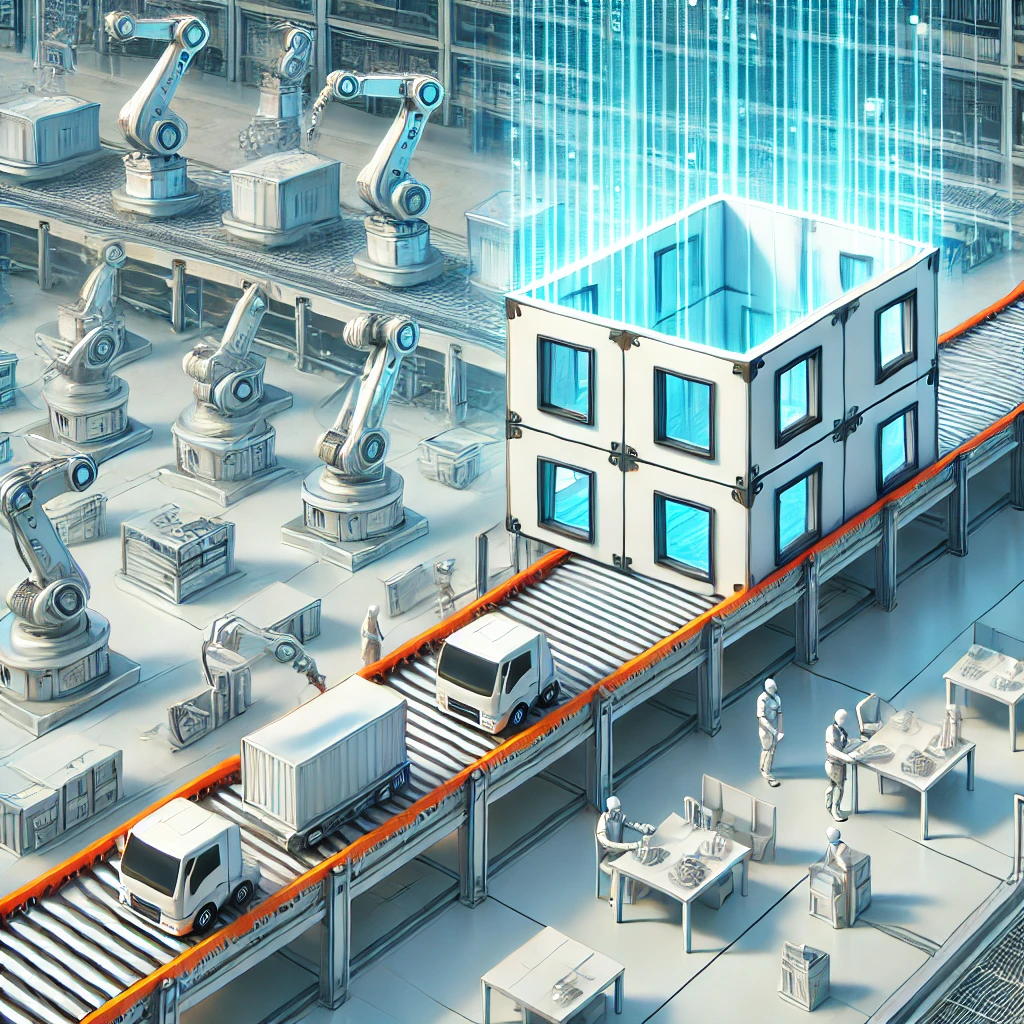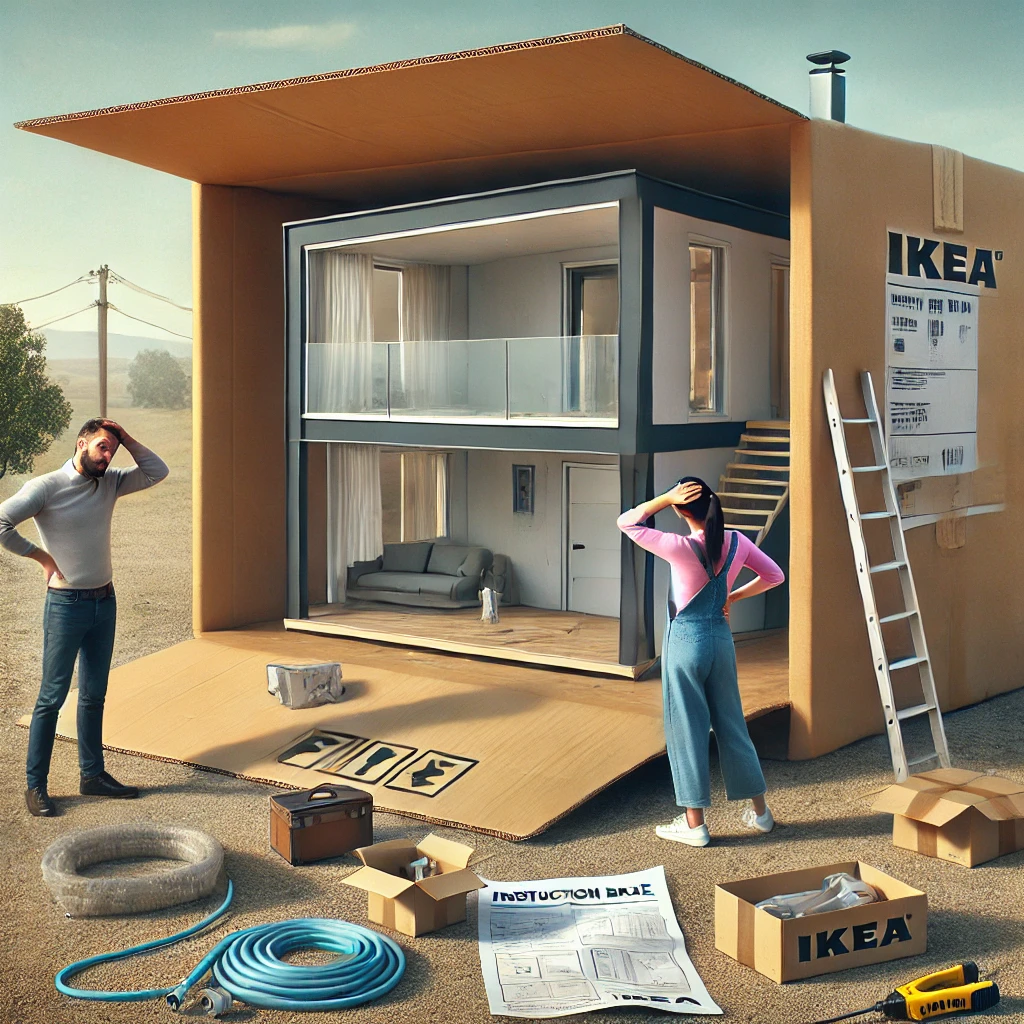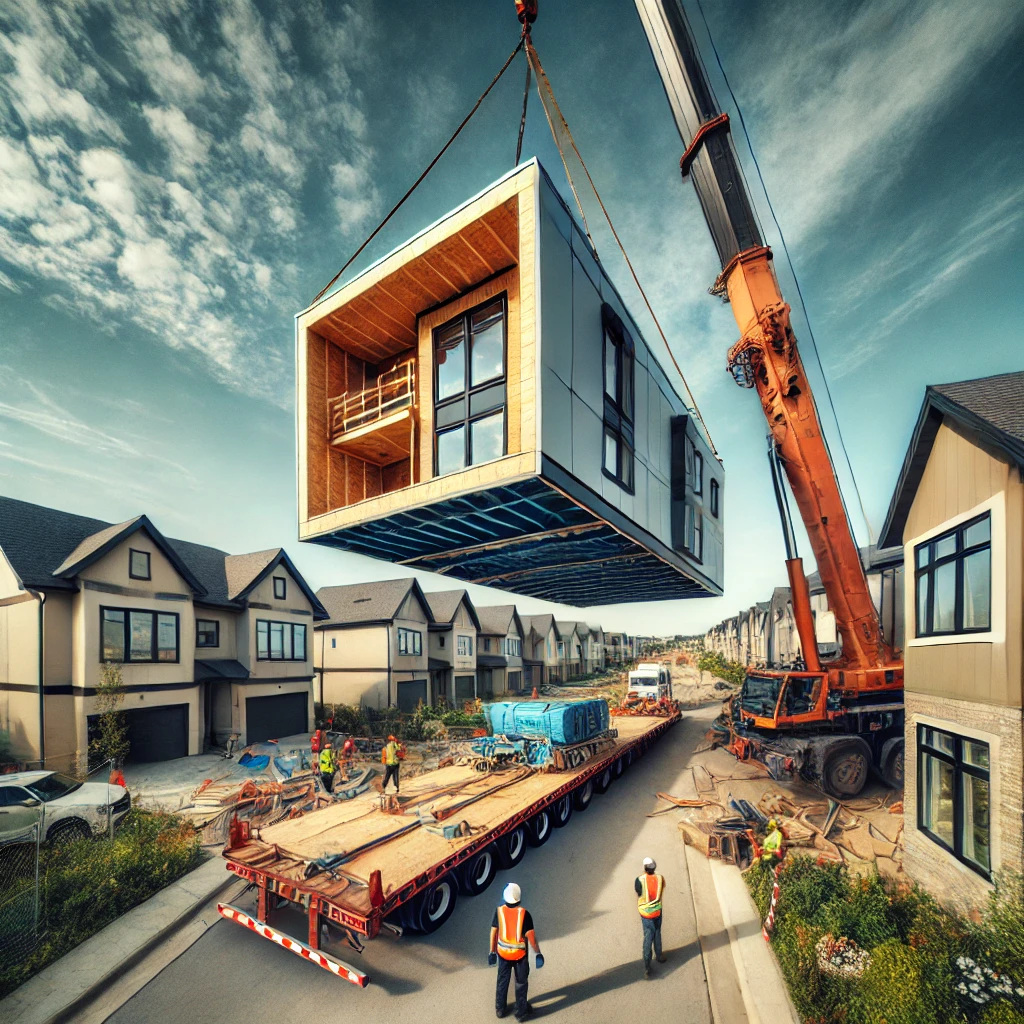Domenic Gallippi
Mortgage Agent Level 1 - M23007938
domenic@bettermortgagesbydom.ca
Tel: 416-801-6616 | Cell: 416-801-6616
Domenic Gallippi
Mortgage Agent Level 1 - M23007938
domenic@bettermortgagesbydom.ca
Tel: 416-801-6616 | Cell: 416-801-6616
You can’t read the news these days without hearing about a potential silver bullet for Canada’s housing crisis: pre-fabricated homes. The government is investing in and promoting this idea, and the vision is appealing—factories churning out high-quality home components that can be assembled quickly on-site, providing much-needed housing faster and, theoretically, cheaper.
It’s a compelling narrative. But as someone who deals with the on-the-ground realities of housing every day, I believe we need a more sober perspective. While pre-fab and modular construction have a definite role to play, IMHO, they are not the magic wand that will solve our housing problem on their own.
Here's a look at the promise and the practical hurdles.

The biggest advantage of pre-fabricated construction is speed. Building components in a climate-controlled factory setting avoids weather delays and allows for assembly-line efficiency. This can theoretically reduce construction timelines from over a year to just a few months. For a country in desperate need of more housing supply, this is an incredibly attractive benefit. It could also lead to higher quality control and less material waste.

The challenge is that building a house involves far more than just assembling the structure itself. A factory can build the walls, but it can't solve the biggest bottlenecks in our system.
Land and Permits: You still need a piece of land to put the house on, and in places like the GTA, land is the most expensive and scarce component. Furthermore, every project still needs to go through the same municipal permitting and zoning approval process, which can take months or even years. A faster build doesn't mean a faster approval.
The Cost Question: Contrary to popular belief, pre-fab is not automatically cheaper in the Canadian market. The upfront capital costs to build and equip these massive factories are enormous, and those costs are passed on to the buyer. While proponents hope for future economies of scale, consistent, game-changing cost savings have yet to materialize. In many cases, the final price tag for a modular home is comparable to, or even higher than, a traditionally built one.
Servicing and Infrastructure: You can't just drop a house anywhere. The land needs to be serviced with roads, sewers, water mains, and electricity. Developing raw land is a complex, expensive, and time-consuming process that pre-fabrication does nothing to address.
Industrial Scale-Up and Investment Risk: To make a real dent in the housing deficit, Canada would need a massive industrial capacity that simply doesn't exist yet. Building a network of large-scale factories requires billions in investment, and the housing market's "boom-and-bust" cycles make that a risky proposition. Investors are wary of pouring capital into a factory that could sit idle during a market downturn.
On-Site Complexity and the Labour Shortage: While pre-fab might change the type of labour needed, it doesn't eliminate it. You still need skilled workers to prepare the site, pour the foundation, transport massive modules through city streets, crane them into place, and—most critically—do all the connection work for plumbing, electrical, and HVAC systems. This requires perfect coordination between the factory and the on-site crew. Any disconnect can lead to costly delays, and we already have a shortage in these very trades.

So, if pre-fab isn't the cure-all, what is it? I believe it's a powerful tool for specific applications.
Its most immediate and impactful use could be in the "missing-middle" housing I've discussed before. Pre-fabricated garden suites or laneway homes are a perfect example. The homeowner already has the zoned and serviced land. A pre-fab unit could be delivered and installed in their backyard in a fraction of the time and with less disruption than a traditional build. It could also be a great solution for adding storeys to existing apartment buildings.
Pre-fabricated construction is an important innovation we should absolutely embrace. But we need to be realistic. It’s one piece of a very large and complex puzzle. The real, unglamorous work of solving our housing crisis still involves reforming zoning, streamlining approvals, investing in the skilled trades, and developing a stable industrial strategy that allows these new construction methods to truly flourish—from the ground up.
Ready to discuss your home ownership goals and a Better Mortgage by Dom?
Call/text: 416 801-6616. Email: Domenic@BetterMortgagesByDom.ca
Connect/Follow me: Facebook, Instagram, X (formerly Twitter), LinkedIn
Download my app - featuring premium interactive tools, calculators, and illustrators for smart planning and real-time rate updates
Please share with anyone that you think can benefit from my help - all introductions are greatly appreciated!